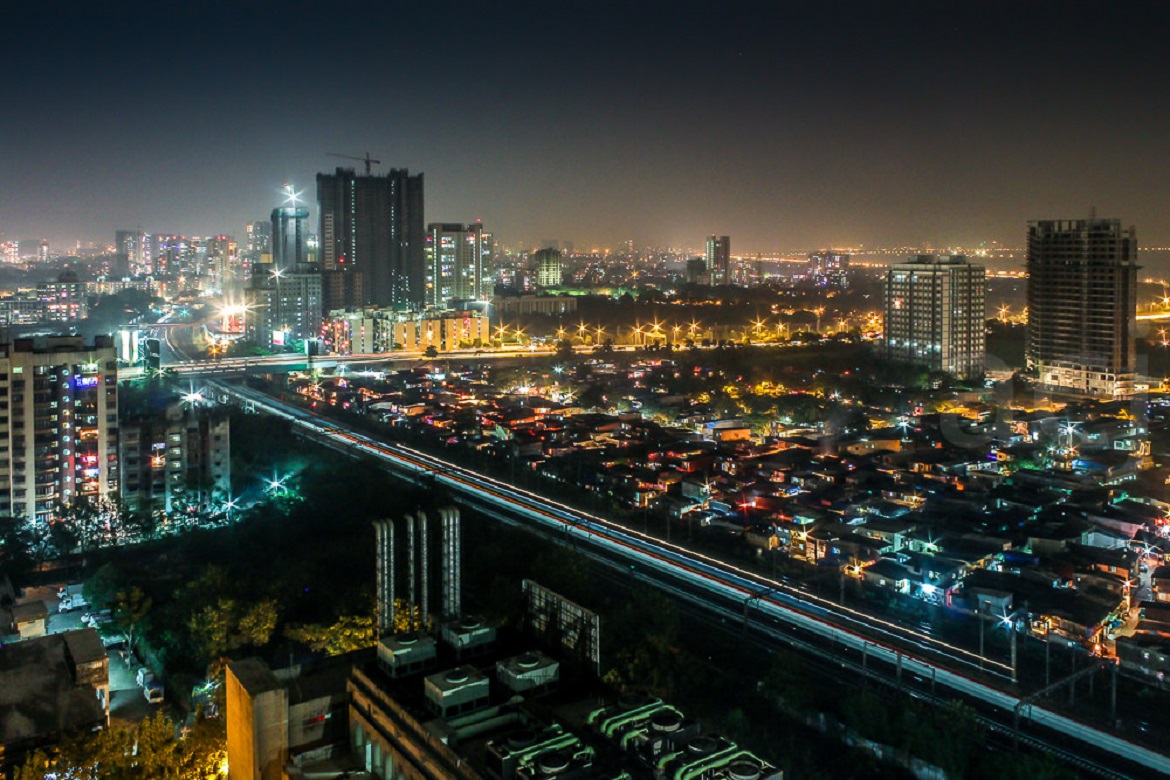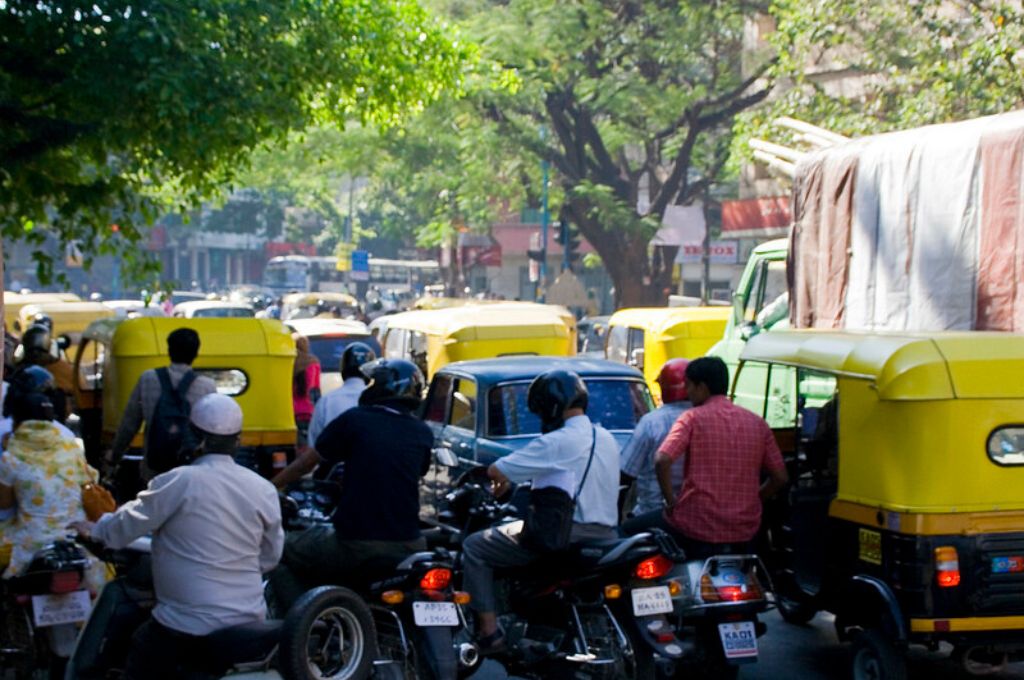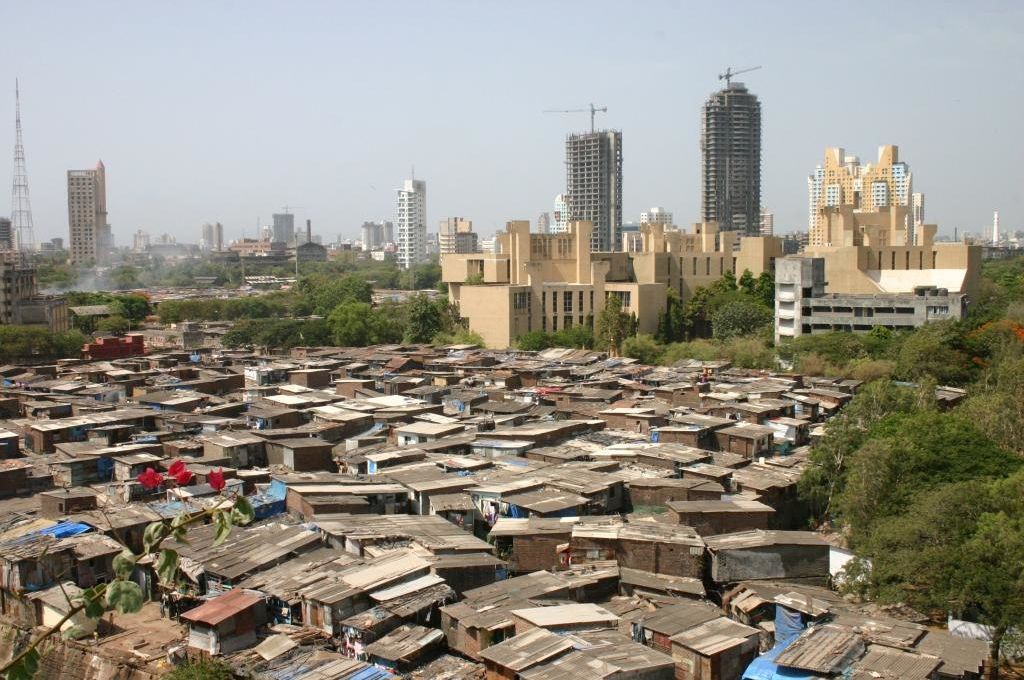Sheela Patel is widely recognised nationally and internationally for her expertise in issues of urban poverty, housing, and infrastructure. She is the director of SPARC, an Indian nonprofit that works with the urban poor so they can get access to secure housing and basic amenities, and the current chair of the Board of Slum Dwellers International, a global network of grassroots organisations of the urban poor. Sheela is also a member of the UN secretary general’s high-level international panel on assessing and enhancing the effectiveness of UN-Habitat, which promotes transformative changes in cities and human settlements.
Ireena Vittal is one of India’s most respected independent consultants and advisers on emerging markets, agriculture, and urban development. She was a partner at McKinsey and Company for more than 15 years and a founding member of its global developments and emerging markets practice. Today she is involved with various nonprofits. She currently sits on the board of some of India’s largest companies, including Godrej and Wipro, and nonprofits such as the legal research think tank Vidhi Centre for Legal Policy, Foundation to Educate Girls Globally, and Jal Seva Charitable Foundation.
Edited excerpts from the episode:
Ireena Vittal
“You see what’s happening even in Bombay—the number of days Bombay comes to a stop now every year because of climate change is astonishing. So we need resilience and green and, finally, culture. Of course, we are able to live if we’re able to feed our stomachs but there’s something beyond that. And culture is not Bolshoi Ballet. Culture is street plays, music, and Ganesh Chaturthi. And if a city doesn’t have culture, it doesn’t have soul.”
Sheela Patel
“While it is a utopia to think that everybody will be equal all the time everywhere, human rights and social justice are increasingly pointing to the need to have a minimum safety net for all. The COVID-19 crisis has shown this does not exist at all—locally and globally, in urban pockets and rural areas, but mostly in urban areas. What this tells me is that if cities are safe for women and children, if cities serve the health, education, safety, and potential nurturance for growth of young people, then it’s a good city. So I don’t want to go for the best, I want to go for the good.”
Ireena Vittal
“The second piece, I think, in the process of running a city is to prioritise. And I think at the heart of privatisation are two things. First, the economic plan for a city—what kind of talent, what kind of jobs, and what kind of quality of life do you want to deliver? This versus the spatial plan for the city—is this a series of cities where nobody will travel more than 10 minutes from home to work? Or is it a longitudinal city? Or is it a vertical city? And those are very, very different choices.”
Sheela Patel
“For all of us, whether you’re in finance, in business, or us as activists, we need to reconcile to the reality that we are sharing space in the city and on this planet. We have to start talking to each other. And I have learned to talk to businesses and municipalities because the women I was working with—who were facing evictions and had no way to go back to their villages—urged me to talk to the municipality, to find and negotiate an alternative where everyone could coexist. So there’s a lot of appetite for negotiations and dialogue. What we need is for leadership to have the guts and the courage to listen to what others are saying.”
—
Read more
- How can we empower city governments?
- IDR Explains | Local government in India
- Engaging communities is critical to the COVID-19 response
- Fighting COVID-19 in cities
- Six things we learned from Dr Armida Fernandez
- The gaps and opportunities in low-income housing
- Mumbai’s climate adaptation plan: Designing the city for water
- What India can learn about effective rental housing for migrant workers
- How can Indian cities shield vulnerable migrants from climate change? With better affordable housing
- Make India climate smart: We have big infrastructure plans but forget to review them through a climate change lens




